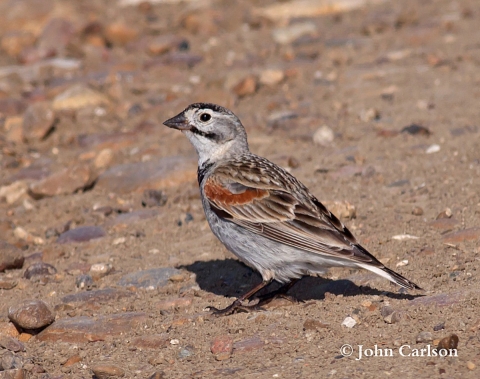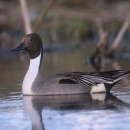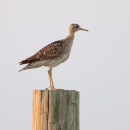Grassland Pollinators
Grasslands are often overlooked when it comes to pollinators, but grasslands support thousands of pollinator species, including bees, beetles, wasps, flies, moths, butterflies, and hummingbirds. In the United States, wild pollinators provide services estimated at four to six billion dollars annually.
In particular, grassland pollinators are dependent on the diversity of wildflowers for food and vegetation cover for shelter. The widespread loss of native grasslands also means a significant loss of these critical resources for pollinators. The worldwide decline of pollinators has garnered recent international attention as a result of habitat fragmentation, pesticide use, the spread of pathogens, parasites and predators, all of which is exacerbated by the changes to local and global climate patterns. Pollinators are in dire need of grassland restoration and conservation efforts to reverse the habitat loss and help these species recover.
Read about the Service’s efforts to conserve grassland pollinators:
Grassland Birds
Over the last 40 years, North American grassland bird populations have declined faster than any other group of birds. Over 75% of grassland bird species have shown significant population declines, and 53% of their population has been lost - more than 720 million birds. Habitat loss and the use of agricultural pesticides are contributing to the decline of grassland birds and pollinators.
The JV8 Central Grasslands Initiative represents over 72 federal, state, provincial, non-profit, and industry conservation partners from the U.S., Canada, and Mexico — all collaborating to stem grassland losses and the negative impacts to migratory birds. The JV8 is implementing grassland conservation programs across a landscape of 500 million acres and across multiple nations with the goal of reversing or stabilizing the decline of bird populations in the central grasslands of North America.












